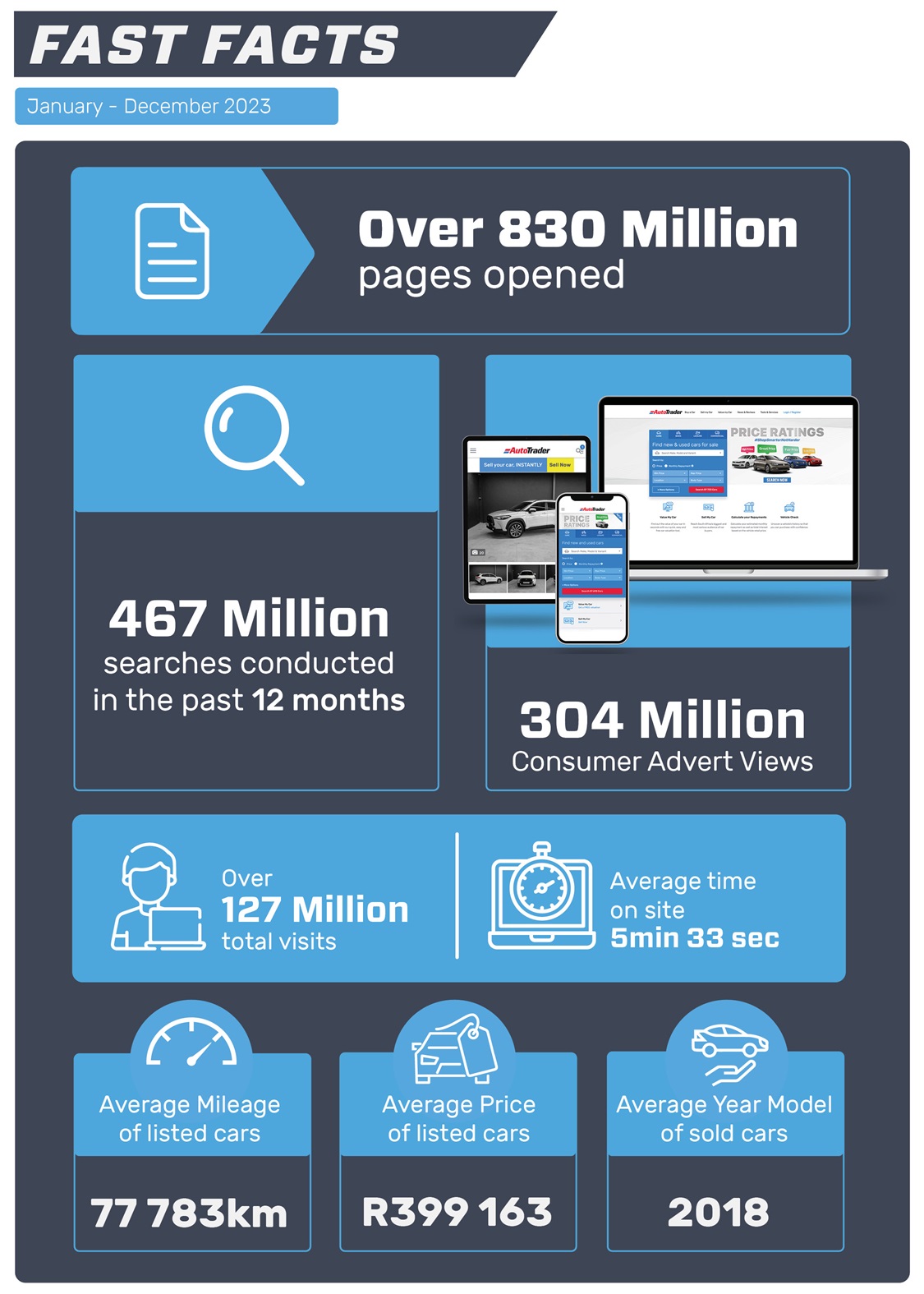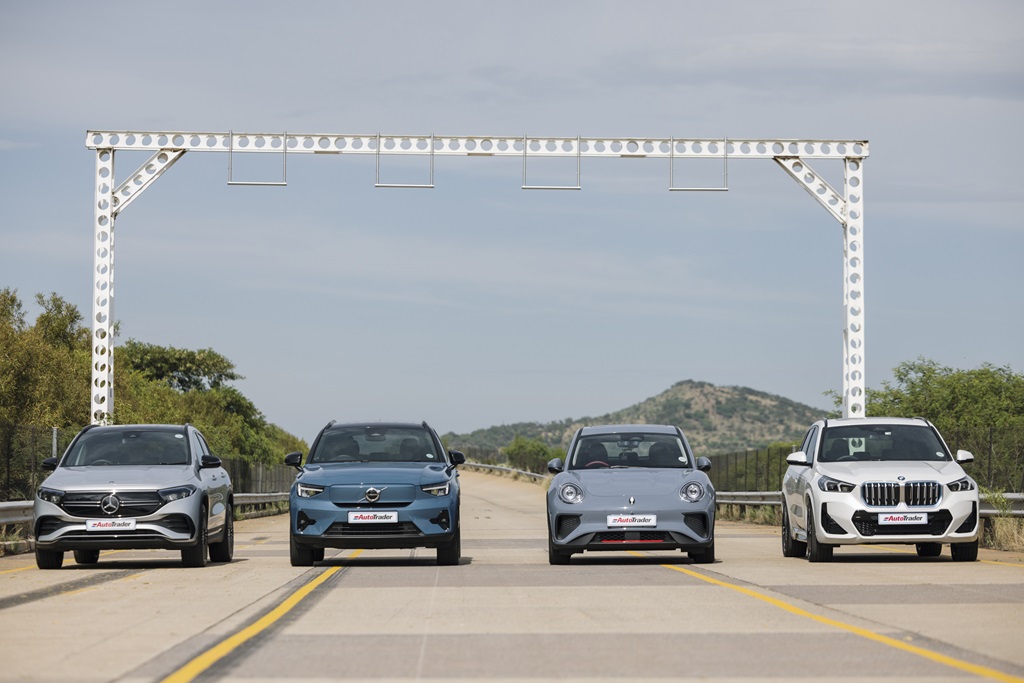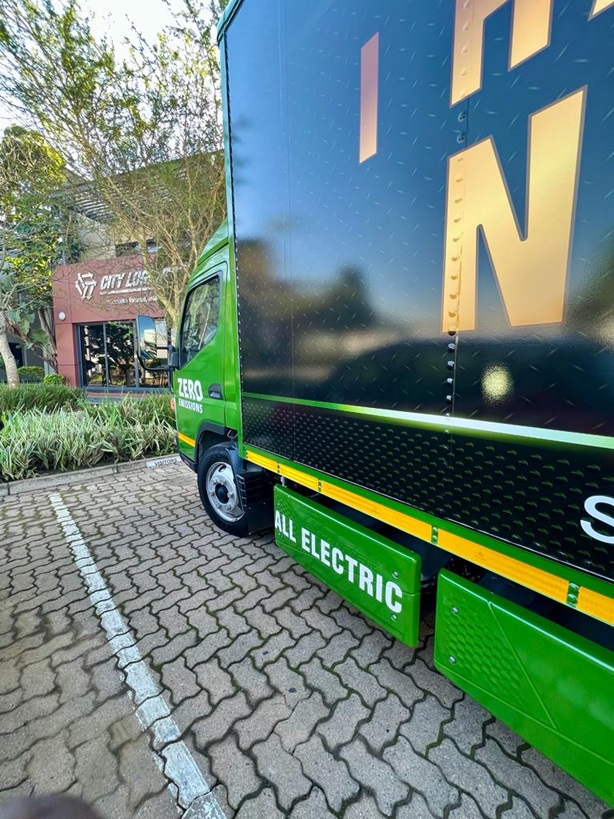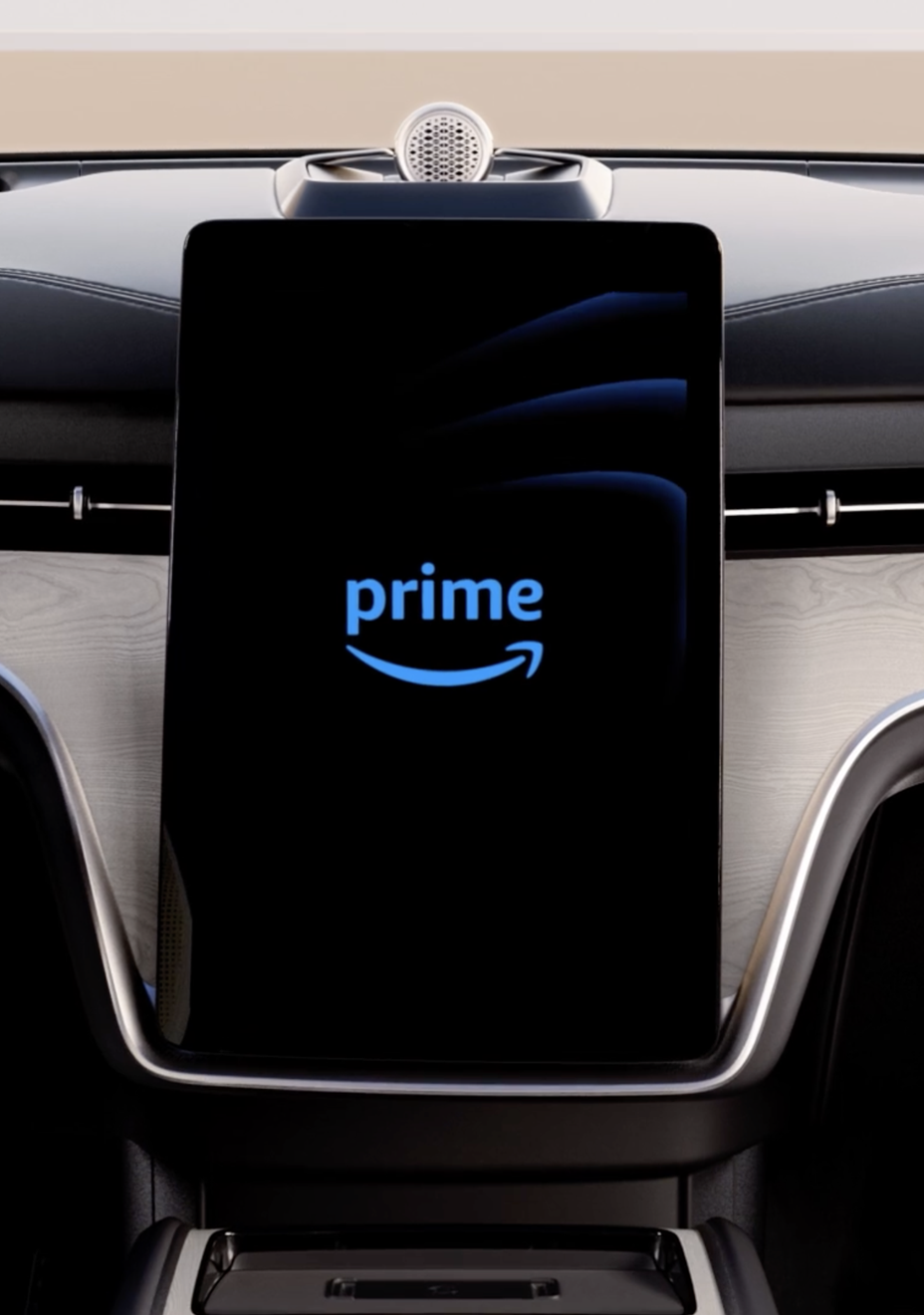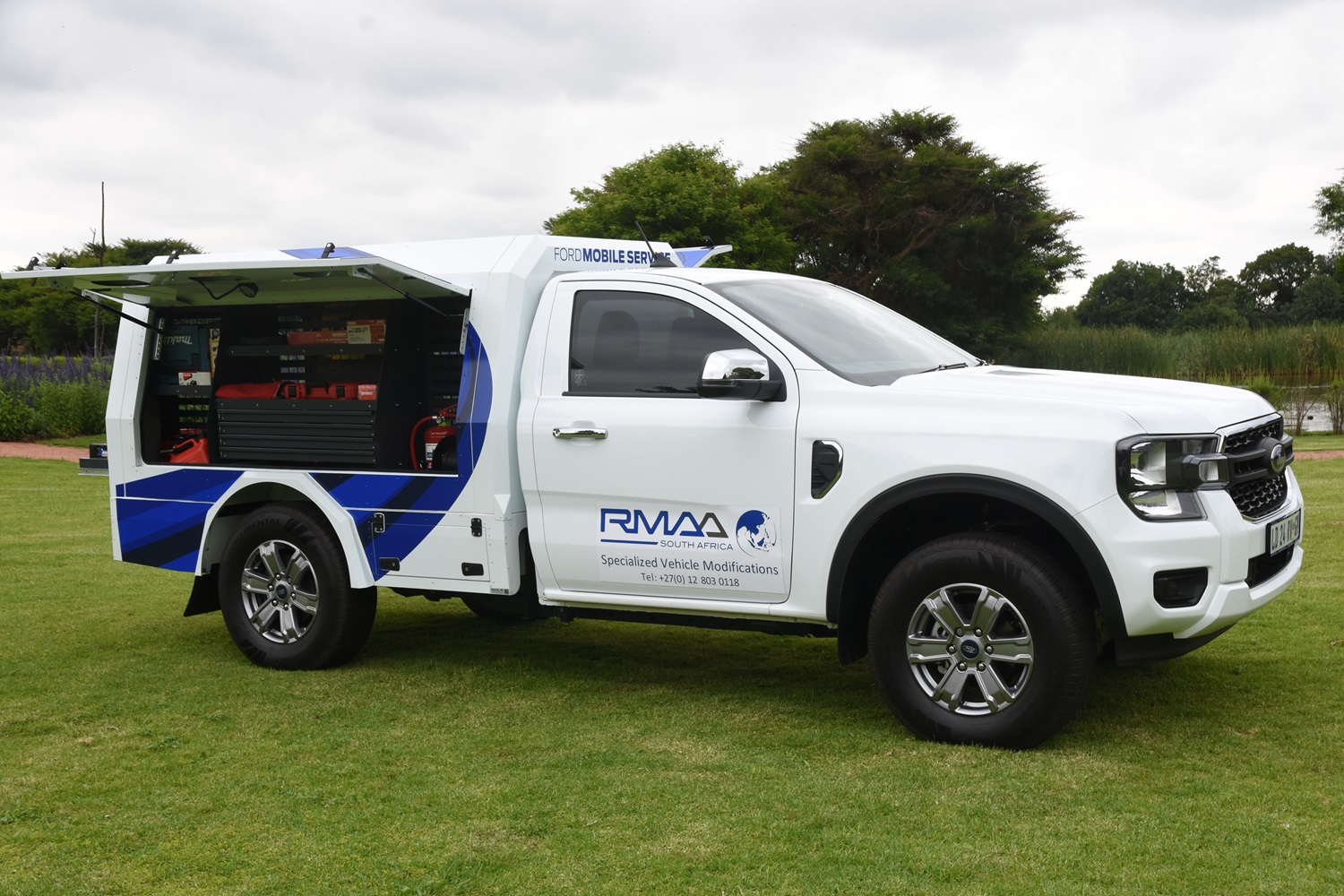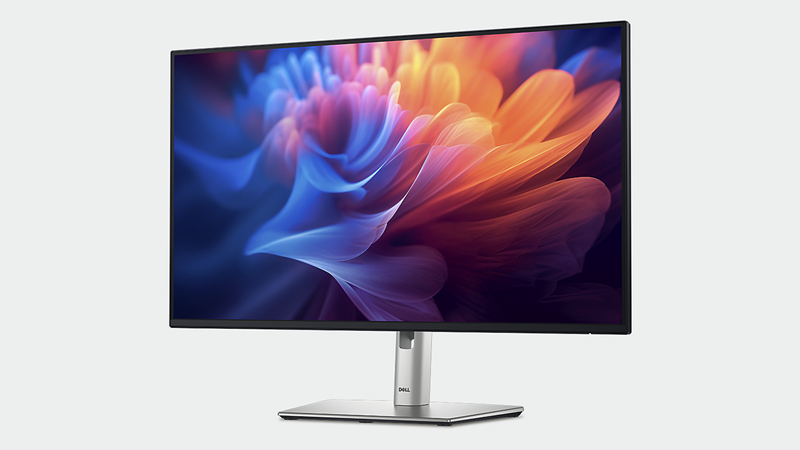New data from WesBank shows that the overall cost of motoring is still on the rise, despite recent cuts to interest rates and fuel prices, as well as a slowdown in vehicle price inflation. The monthly mobility basket – which comprises instalments, fuel, insurance and maintenance fees – has increased 24.2% since July 2013.
This week, the South African Reserve Bank announced that interest rates would be cut by 25 basis points, a move that will have a positive effect on household budgets. Consumers with vehicle finance, home loans, and credit cards will have more disposable income, as instalments become more affordable. However, July’s lower fuel prices are forecast to be short-lived. Despite this month’s fuel prices being lower than they were during July last year, stronger oil prices and a weaker Rand mean an increase is on the cards for August.
WesBank includes all of these factors in its Mobility Calculator, a tool that tracks monthly instalments, fuel, insurance, and maintenance fees. The data set is regularly updated to include current vehicle prices, inflation, interest rates, as well as other fluctuating costs based on the cost of ownership for an entry-level vehicle that travels 2 500 kilometres per month.
“Our mobility calculator gives consumers an idea of the total costs associated with vehicle ownership. Seeing how these costs increase over time really helps people identify how important it is to budget properly and plan for the future,” said Rudolf Mahoney, Head of Brand and Communications at WesBank. “For example, an entry-level car that cost R100 000 in 2007. Today, that same entry-level car costs more than R183 000 – and the associated costs have also increased.”
For July 2017, the WesBank Mobility Calculator reflects that the average cost of motoring has risen to R7 119.80. This is 6.1% higher than July last year, when the monthly mobility basket was R6 709.53. Compared to five years ago, the total cost of motoring is now 24.2% higher. In July 2013, monthly costs amounted to just R5 732.64.
Vehicle instalments and fuel spend remain the biggest portions of the monthly mobility basket, however, insurance premiums, vehicle instalments, and maintenance costs account for the highest increases over the last five years – mainly as a result of vehicle price inflation. Between 2013 to 2017, rising interest rates and higher new vehicle prices saw instalments increase 43.8%. Rising vehicle prices also resulted in higher insurance premiums, which grew 38.6% over the same period.
Although the Mobility Calculator is based on pricing for an entry-level vehicle, WesBank’s data also indicates that consumers are spending far more on new and used vehicles, influenced by vehicle price inflation. In June, the average new vehicle financed through WesBank cost R300 181, while the average used vehicle cost R202 796. Data from TransUnion suggests that new vehicle price inflation is slowing down, yet the effects of this won’t be seen immediately in vehicle sales figures.
While instalments, fuel, and maintenance costs have increased consistently, average monthly fuel spend has actually declined over the last two years. When viewed as a portion of the monthly motoring budget, fuel spend only accounts for 31% in July this year. This contrasts with 34% in July 2016, and 39.7% in July 2013.
“Fuel prices are influenced by the exchange rate and the international price of oil, with general inflation playing a far smaller role,” said Mahoney. “In 2013 and 2014, fuel prices were on the rise and the monthly fuel spend was roughly equal to a small vehicle’s instalment. This is no longer the case, but it doesn’t mean the cost of motoring is lower.”
Fluctuating fuel prices are one of the reasons that consumers should not base their entire motoring budgets on fuel spend. Instead, motorists should take a longer-term view when planning a car purchase, and ensure that their budgets are able to absorb higher maintenance costs and insurance premiums four to five years down the line.
“Interest rate cuts and lower fuel costs are always welcome, but this shouldn’t influence a vehicle purchase,” said Mahoney. “If you’ve budgeted properly these windfalls should welcome surprises, not financial lifesavers. The smartest move is to plan for rising costs over the duration of your finance contract, and take advantage of price cuts when they happen.”





